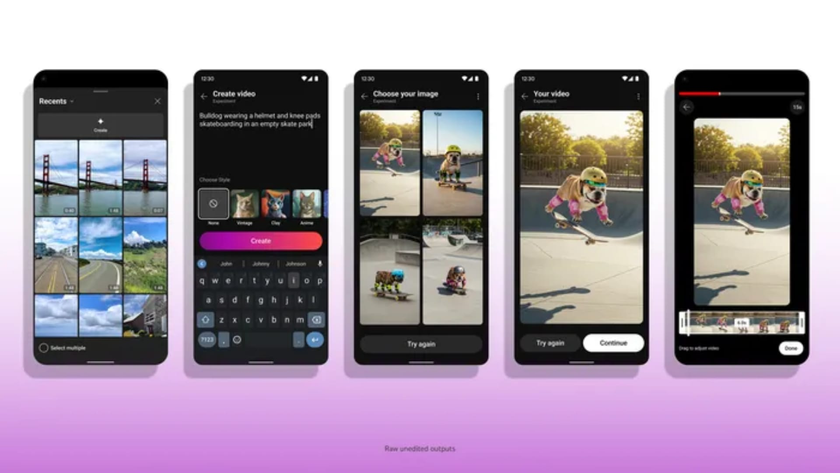This is what I learned installing Windows 10 Mobile on a £5/$8 smartphone
Microsoft is almost there
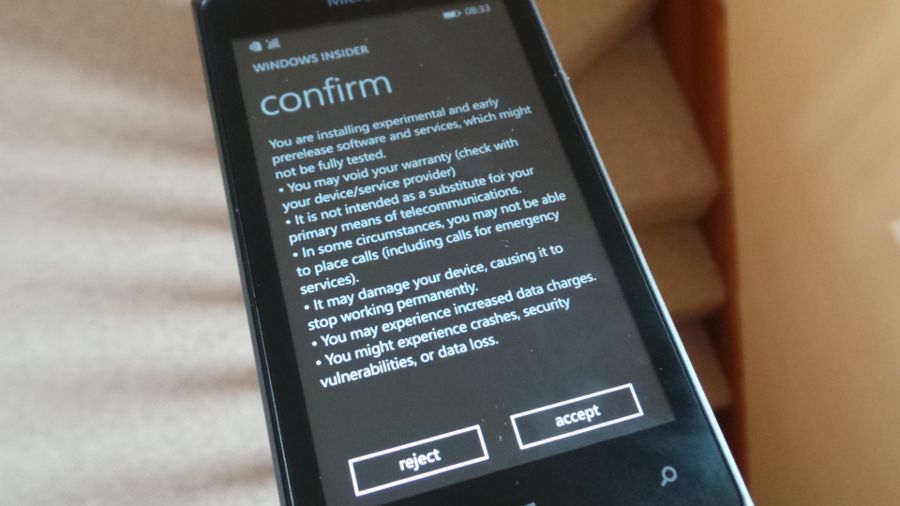
Introduction
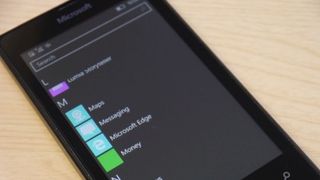
Microsoft has finally launched Windows 10 operating system earlier this summer but left out its mobile alterego because it had too much work to do. The version we played with back in April (Build 10051) had simply too many rough edges to make it to the July deadline.
The new platform promises to make the much talked about single ecosystem a reality, but we're still a long way from the final product. As part of a challenge to see how far Windows can be pushed (see my experiment with Windows 10 running on a 12-year-old computer that had 256MB of RAM), I ran Windows 10 Mobile (Build 10512) on the cheapest Windows Mobile smartphone available.
Read on to discover the four major lessons I learned in this endeavour, including how well Windows 10 copes with running on very basic phone hardware.
Lesson 1: Microsoft may sacrifice profitability
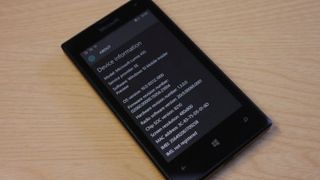
The Lumia 435 was one of the first smartphones to shed the Nokia brand altogether. It costs £39.99 on EE pay as you go from Carphone Warehouse bundled with £10 topup. However, if you are the lucky owner of an existing Virgin Mobile PAYG SIM card, you can get the same phone for £4.99 from the same retailer.
For that price, you get a phone that's superior, in terms of hardware, to any Android smartphone within the same price bracket.
With 1GB of RAM, 8GB on-board storage and a dual-core CPU, Microsoft's most basic smartphone is roughly comparable to the Galaxy Ace 3. The Lumia 435 has twice the on-board storage while Samsung's entry-level handset has a better camera at nearly three times the price.
That goes to show how far Microsoft is ready to push in order to provide the market with ultra-affordable solutions. £25 (around $37, or AU$48) is roughly half of the smartphone's suggested retail price (as published on Microsoft's own website) and that cut happened almost as soon as the phone itself went on sale.
Are you a pro? Subscribe to our newsletter
Sign up to the TechRadar Pro newsletter to get all the top news, opinion, features and guidance your business needs to succeed!
This leads me to believe that Microsoft is willing to make a tiny profit or even an insignificant loss on entry-level smartphones in order to increase its market share where it counts – at the very bottom of the barrel.
That goes to explain why Microsoft is so active in that tier with the likes of the Lumia 640 offering the sort of technology built into more expensive Android smartphones.
Lesson 2: Windows 10 runs well on basic hardware
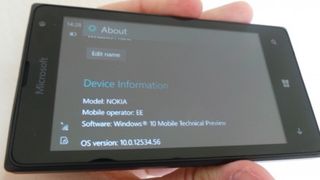
Installing the technical preview of Windows 10 Mobile on the Lumia 435 was an easy task; one that took about an hour or so. Firing Windows 10 up after a fair few reboots proved to be a refreshing experience with the familiar tile-based user interface.
The operating system works quite well on the smartphone, and by "quite well", I mean that there was no apparent stuttering, and although things were sometimes slow, that is likely to be more of a hardware issue than a fundamental software problem.
Microsoft has tweaked Windows 10 and Windows 10 Mobile to run on the type of hardware that Google's Android 5.0 (Lollipop) would struggle to perform with.
It makes us wonder whether Microsoft is not going to embrace the void left by Symbian and feature phones by pitching Windows as an alternative to Google's platform. Some might wonder whether Android One, a back-to-basics platform announced by Google in June 2014, was not a reaction to the threat a nimbler Windows 10 Mobile might pose.
Lesson 3: Windows 10 Mobile isn't ready for now
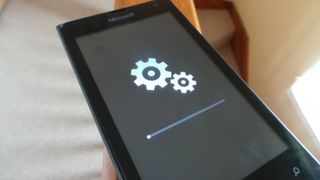
Compared to what we saw in April, Build 10512 is significantly smoother and more stable. It includes a lot of the applications that were left out (Edge, Cortana, Outlook Calendar, Outlook Mail) as well as Office Apps and I didn't suffer any of the quirks and sluggishness I encountered originally.
With an end-of-year summer launch looming ahead, Microsoft developers will probably have to work double shifts in order to deliver something that can at least compete with the likes of Android and iOS.
My verdict for Windows 10 Mobile at this stage: it's full of promise and likely to deliver if Microsoft can sort out the remaining issues. One needs to bear in mind that the current iteration, as with its desktop counterpart, was never meant to be used in a live environment and shouldn't by any means be the basis for a final purchase decision. This is a pre-beta/alpha-type build and should therefore be treated as such.
Lesson 4: Android/iOS conversions will be tricky
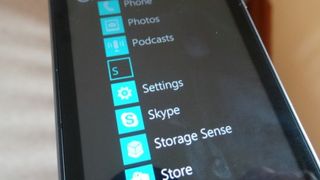
Microsoft's mobile offering, as smart as it looks, is unlikely to entice Android or iOS users en masse. The lack of true differentiators, fundamental differences in the UI, a rather steep learning curve as well as the gap in quality and quantity of applications on Windows Mobile compared to competitors are big challenges that Microsoft will have to somehow resolve.
The company has got the fundamental apps sorted out though, with Mix Radio/Groove, Office, Outlook, Here and OneDrive being best-of-breed in their respective categories.
The opportunity lies in the few billions of people that do not have a smartphone and/or are still using feature phones. That is why Microsoft is pushing for superior hardware at the entry-level, even if it means making zero profit – and that is why Microsoft has been so quiet on the high-end front.
The one-year-old Lumia 930 is still the company's top dog and is two generations behind the entry-level models (Lumia 540, Lumia 640) but Microsoft is not in a position to recapture the top-end of the market regardless of how good the underlying hardware is. And that's the sobering truth.

Désiré has been musing and writing about technology during a career spanning four decades. He dabbled in website builders and web hosting when DHTML and frames were in vogue and started narrating about the impact of technology on society just before the start of the Y2K hysteria at the turn of the last millennium.




